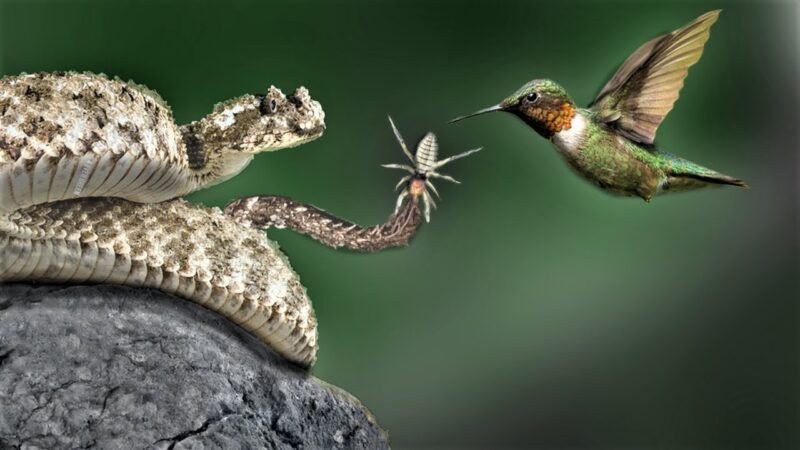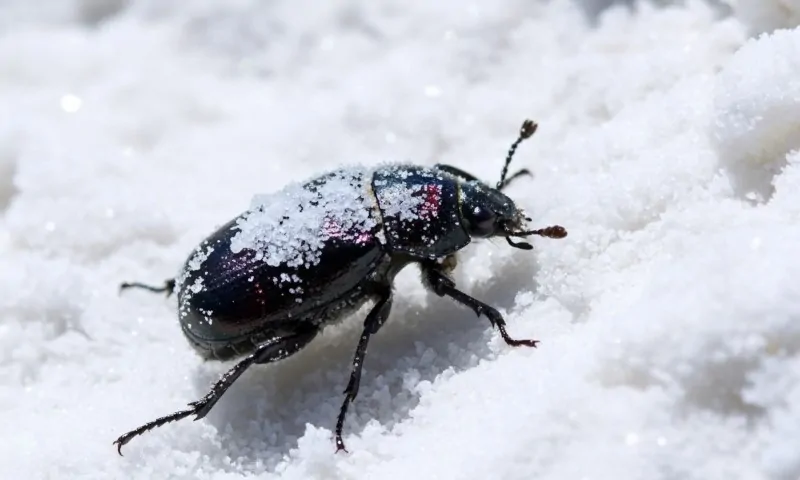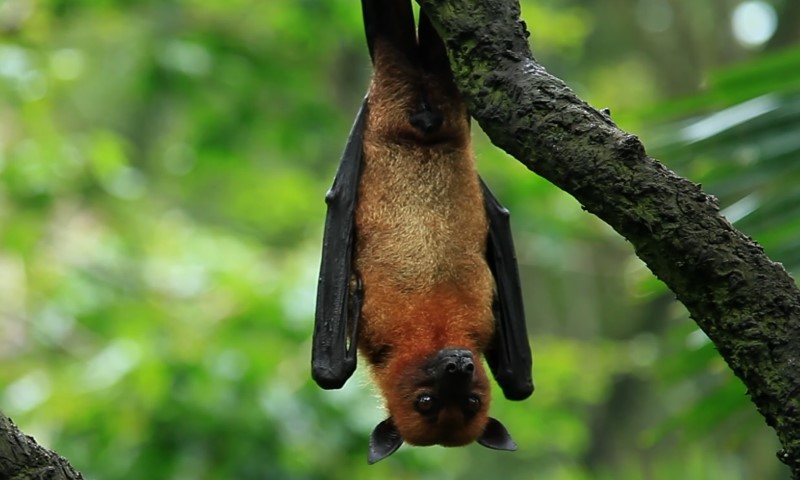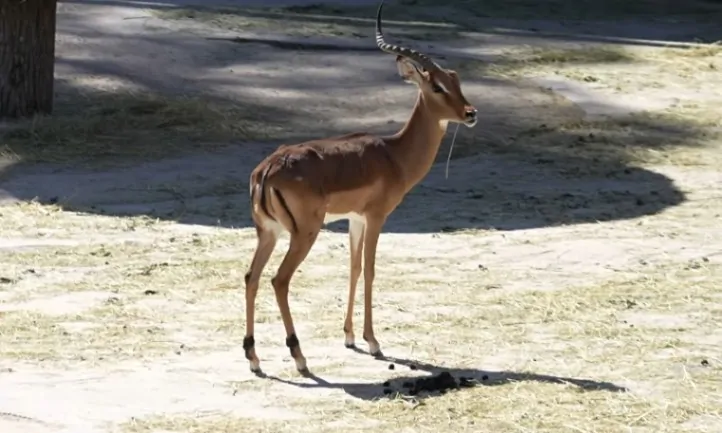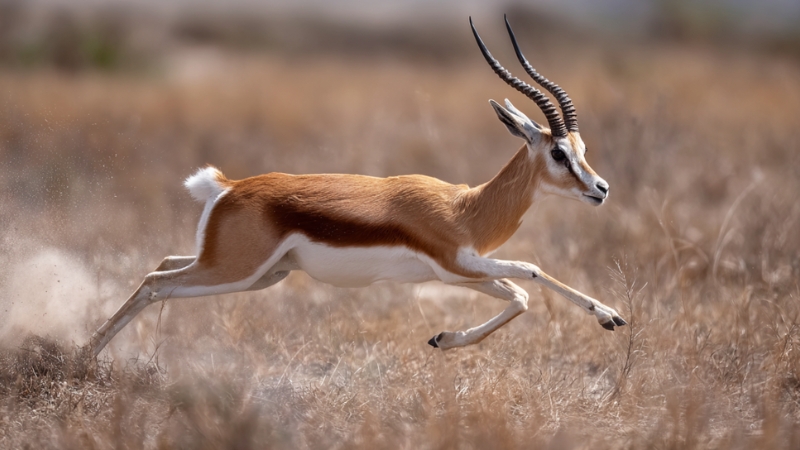In the rocky deserts of western Iran lives a snake that rewrites the rules of hunting. The spider-tailed horned viper does not chase. It does not stalk. It fools.
At the end of its tail sits a perfect decoy—a shape that looks and moves like a real spider. Birds fly in, thinking they have found an easy meal. They never see the strike coming. One twitch of the fake spider is all it takes.
No other snake uses a trick this advanced. The viper turns deception into survival. Its hunting method is not luck. It is a result of precision, patience, and one of the most unusual evolutionary tools ever recorded.
Table of Contents
ToggleKey Takeaways
- The spider-tailed horned viper uses its spider-like tail as a lure to catch birds, making it a highly specialized predator.
- It thrives in the harsh desert regions of western Iran, relying on camouflage and patience to ambush its prey.
What Makes the Spider-Tailed Horned Viper Unique?
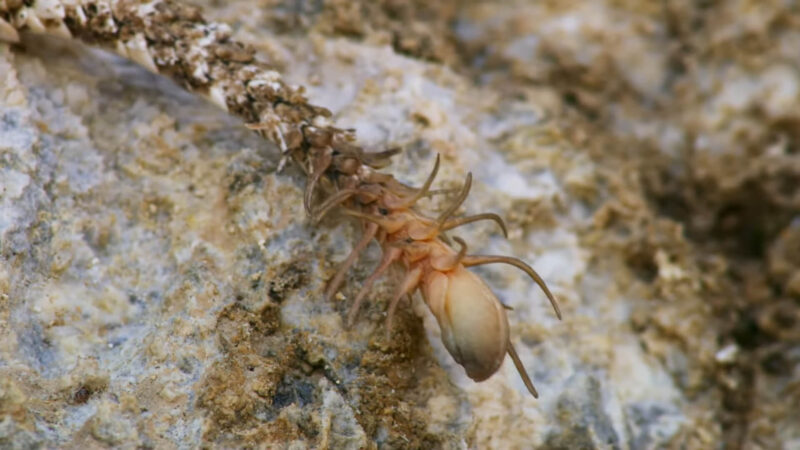
The spider-tailed horned viper stands out as one of the most extraordinary predators in the animal kingdom. Unlike other snakes, its main weapon isn’t just venom or stealth—it’s a unique tail that looks and moves like a spider, designed to lure prey right into striking range.
This snake, found in the rocky regions of western Iran, can grow up to 70 centimeters in length, blending perfectly with the desert landscape.
The evolution of this snake’s “spider tail” didn’t happen overnight. Over time, the end of its tail developed into a perfect decoy. The tail tip mimics the movements of a real spider, wiggling in such a lifelike way that it tricks birds into swooping down, expecting an easy meal. Instead, they become the snake’s prey.
Research has shown that the snake spends about a third of its time waving its tail in ambush, a highly effective hunting strategy that specifically targets migrating birds unfamiliar with its tactics. It is also considered one of the most dangerous desert animals for humans, as its poison, although not fatal, can be extremely dangerous!
The Evolution of a Perfect Lure
@oddanny Venomous snake that uses bait 👀#spidertailedhornedviper ♬ original sound – Odd Danny
The spider-tailed horned viper didn’t just wake up one day with this insane spider-looking tail—it took a long time to evolve that trick.
When they’re born, the tail is pretty standard, but as the snake grows, the tail tip develops into this creepy spider decoy that messes with birds’ heads. It’s all about survival.
The viper lives in a harsh, rocky environment where food isn’t just lying around. So, the evolution of this tail makes hunting a whole lot easier.
The way it moves the tail is spot-on, mimicking how a real spider would move, totally tricking birds into coming in for what they think is an easy snack. They dive in, and bam, they’re dinner. It’s the ultimate bait-and-switch, and evolution just made it deadlier with every generation.
The birds get fooled because they’ve never seen anything like this, especially those that are just passing through on migration.
How the Spider-Like Tail Works
The tail of the spider-tailed horned viper is a next-level hunting tool. It looks and moves just like a spider, fooling birds into thinking they’ve found an easy meal.
The snake sits still, blending into the rocky terrain, while the tail wiggles around like prey. As soon as a bird gets close, the snake strikes, and it’s game over for the bird.
Everything about the way the tail moves is precise. It’s not just random; it’s meant to look alive, tricking birds into swooping in. It’s a genius way to hunt without needing to move much.
How the Tail Became a Spider
The tail of the spider-tailed horned viper did not always look like a spider. Juveniles hatch with a basic tip. As they grow, the tail develops into a shape that resembles a spider body with leg-like projections. The movement also changes. It becomes more controlled and realistic over time.
That transformation shows how the lure is more than appearance. It is function. The snake learns to move the tail in a way that mimics how spiders act when they walk, stop, or crawl. That level of mimicry fools birds with excellent eyesight.
No Other Snake Hunts Like This
Many snakes use tail movement to lure prey. None have a tail that looks like a spider. The spider-tailed horned viper is the only known snake that mimics an entire animal with its tail. It tricks predators into becoming prey by turning its own body into bait.
This form of mimicry is rare. Most animals that use lures only flash color or twitch body parts. This snake evolved a tail that looks, moves, and behaves like a spider. It is not a distraction. It is a decoy built for one purpose—baiting birds.
Camouflage and Hunting Strategy
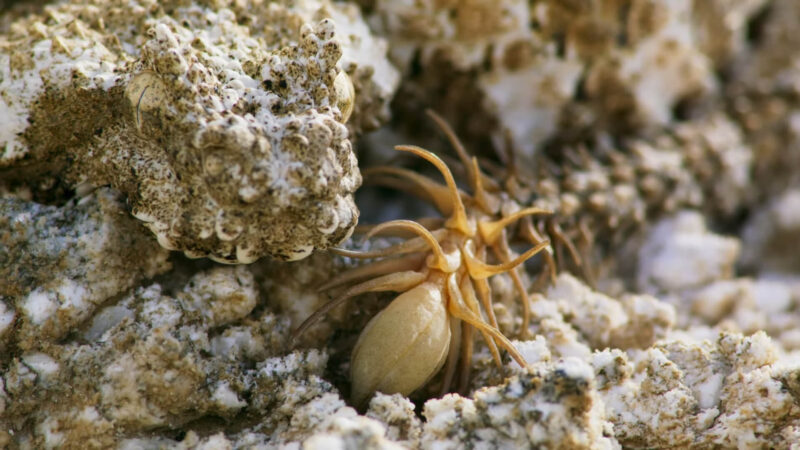
The spider-tailed horned viper is a master of camouflage. Its body blends perfectly with the rocky terrain of its desert home, making it nearly invisible to both prey and predators.
The snake’s scales, which come in shades of gray and brown, match the surrounding environment, giving it the upper hand when waiting for birds to take the bait.
This snake doesn’t waste energy chasing its prey. It relies on its spider-like tail to do the work. By lying still, the viper becomes a part of the landscape, completely undetectable. When a bird comes close, lured by the fake spider, the snake strikes with precision.
It’s an ambush predator through and through, and its environment gives it the perfect cover to pull off this deadly trick.
How the Viper Pulls Off a Perfect Strike
The spider-tailed horned viper does not guess when to strike. It reads the bird’s movement, waits for the exact moment, then hits with perfect aim. Its brain, muscles, and eyes all work together. That coordination makes every strike count.
The tail moves in response to what the snake sees. If the bird watches but does not approach, the snake changes the rhythm. The lure becomes slower or more frantic based on what draws the most attention. Once the bird is close enough, the viper reacts in a flash. There is no hesitation. The strike hits fast and hard before the bird even knows it walked into a trap.
Impact on Bird Populations
The spider-tailed horned viper has a significant effect on local bird populations, especially during migration periods. Birds, particularly those unfamiliar with the viper’s hunting tactics, are prime targets.
The snake’s ability to mimic prey with its spider-like tail gives it an edge, leading to a high success rate in catching birds.
While it doesn’t decimate entire populations, it plays a key role in controlling the number of insect-eating birds in its environment.
Migrating birds that pass through the viper’s territory are especially vulnerable since they haven’t adapted to this unique threat.
This makes the snake an important predator in maintaining the balance of its ecosystem, keeping bird populations in check without overwhelming them.
Discovery and Scientific Study

The spider-tailed horned viper wasn’t officially recognized as a distinct species until 2006, although the first specimen was discovered much earlier. Initially, researchers thought the unusual tail was a mutation or a parasite.
This snake, native to western Iran, quickly became a subject of fascination for scientists studying its unique predatory methods.
Extensive research has revealed how the viper uses its tail to lure birds, confirming the incredible effectiveness of its mimicry.
Field studies and observations have provided valuable insights into its hunting behavior, leading to a better understanding of how this snake fits into its ecosystem.
Despite its recent discovery, the spider-tailed horned viper has already gained significant attention for its extraordinary adaptations.
Other Predators Use Lures – But None Like This One
Some animals use lures to attract prey. Anglerfish use a glowing tip above their heads. Alligator snapping turtles wiggle their tongues to mimic worms. Bolas spiders give off pheromones to trap male moths.
The spider-tailed horned viper does something different. It uses visual mimicry on land to fool birds with sharp eyesight. It does not rely on smell or light. It relies on shape, texture, and motion. That puts it in a category of its own.
No other land-based predator has a built-in lure that looks like an entirely different animal. That makes the spider-tailed horned viper the most advanced lure-based hunter ever found on land.
The Role of the Viper in Its Ecosystem

The spider-tailed horned viper plays an important role in maintaining balance in its ecosystem. By preying on birds, particularly during migration seasons, the viper helps control the population of insectivorous species.
This keeps the ecosystem in check, preventing the overpopulation of birds that could disrupt the local insect balance.
Additionally, as a predator, the viper contributes to the food chain, supporting the survival of other species that coexist in the same harsh environment.
The viper, with its unique hunting method, acts as a crucial player in the desert landscape, impacting not only bird populations but also maintaining overall ecological harmony.
Its presence ensures that no species dominates the area, promoting a balanced and sustainable ecosystem.
Conservation Concerns and Poaching
The Iranian government has implemented several key measures to protect the spider-tailed horned viper from poaching and illegal trade. These efforts include the species’ inclusion in CITES (Convention on International Trade in Endangered Species), which restricts its international trade.
Local authorities in Iran have also been working to enforce strict protections in areas where the viper is found, especially in the western parts of the country.
Additionally, conservation efforts aim to preserve the snake’s natural habitat and raise awareness about its ecological significance.
FAQs
Last Words
The spider-tailed horned viper is a unique predator with a fascinating hunting technique. Using its spider-like tail as a lure, the viper tricks birds into thinking they’ve found prey, only to strike with precision. This snake thrives in the harsh desert regions of Iran, blending seamlessly into the rocky terrain.
Despite its evolutionary success, it faces threats from poaching and habitat destruction.

